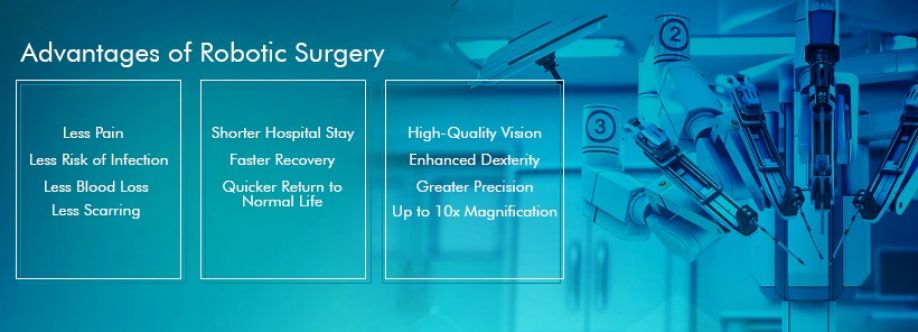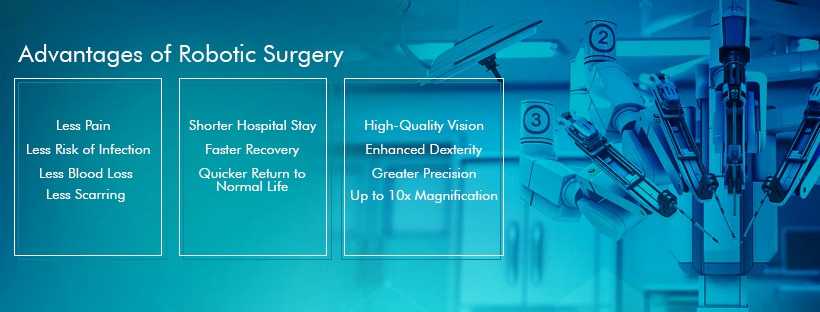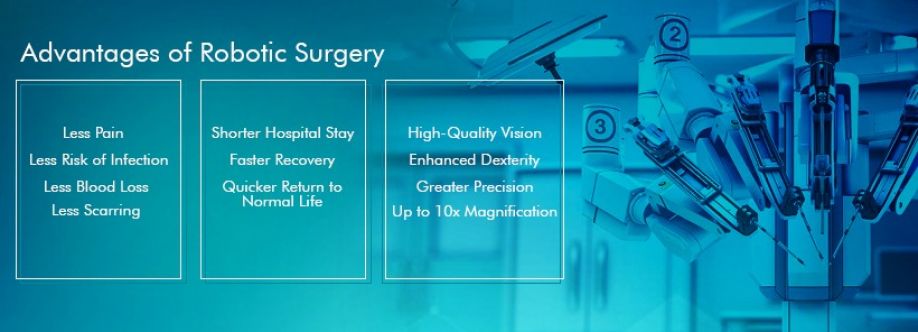Best Urology Doctor in Bangalore | Worldofurology
Discover expert care for your urological health at World of Urology. Consult the best urology doctor in Bangalore for personalized treatment, including solutions for erectile dysfunction. Trust our specialists for advanced techniques and compassionate care. Visit World of Urology for effective results. Your journey to wellness starts here
Facebook: https://www.facebook.com/WorldUro/
Twitter: https://twitter.com/worldofurology
Linkedin: https://in.linkedin.com/company/worlduro
Is Robotic Surgery Safe | Worldofurology
Is robotic surgery safe? At World of Urology, we use advanced robotic techniques for precision and minimal invasiveness, reducing recovery time and enhancing outcomes. With trained specialists, robotic surgery offers a safer, more effective solution for urological conditions. Trust us for cutting-edge, patient-centered care https://www.worldofurology.in/....blogvats-3-Is-Roboti
Facebook: https://www.facebook.com/WorldUro/
Twitter: https://twitter.com/worldofurology
Linkedin: https://in.linkedin.com/company/worlduro
Robotic Cancer Surgery | World of urology
Robotic Cancer Surgery: A Revolutionary Step in Cancer Treatment
Visit: https://www.worldofurology.in/....blogvats-6-robotic-c
Cancer remains one of the leading causes of death globally, with various treatments aimed at eradicating or managing the disease. Surgery is one of the oldest and most common methods of treatment, but traditional surgeries often come with a long recovery time, high risk of complications, and significant discomfort for the patient. This is where robotic cancer surgery steps in as a transformative approach, offering a more precise, minimally invasive, and effective solution.
What is Robotic Cancer Surgery?
Robotic cancer surgery is an advanced, World of urology minimally invasive surgical procedure that uses robotic systems to assist surgeons in performing complex operations. It is powered by technology that enhances a surgeon's dexterity, precision, and vision, thereby improving outcomes and minimizing the physical toll of surgery. Robotic-assisted surgery can be used for a range of cancer treatments, including prostate, kidney, bladder, and other cancers.
At the forefront of this advancement is the da Vinci Surgical System, the most widely used robotic system in modern surgeries. This system consists of robotic arms, a high-definition 3D camera, and specialized instruments that give surgeons greater control over the surgery. The surgeon controls the robotic system from a console, using hand and foot movements to operate with extreme precision.
How Does Robotic Cancer Surgery Work?
The robotic system is designed to mimic the surgeon's hand movements, but with more accuracy and steadiness. Here's a breakdown of how robotic cancer surgery works:
Pre-Surgical Preparation: Before the surgery, patients undergo imaging tests like CT scans or MRIs to help surgeons determine the precise location, size, and type of cancer. This helps the surgeon plan the surgery with greater detail and accuracy, reducing the risk of errors.
Minimally Invasive Approach: Robotic surgery is often performed through small incisions (keyhole surgery). The robotic arms insert surgical instruments and a high-definition 3D camera to visualize and operate inside the body.
Precision and Accuracy: The robotic system enhances the surgeon’s ability to make tiny incisions and remove tumors with greater accuracy, ensuring that healthy tissues around the tumor are preserved.
Control and Stability: The robotic arms eliminate the risk of hand tremors and allow for precise movement within very tight or difficult-to-reach areas, which is particularly crucial in cancer surgeries where precision is key.
Post-Surgical Monitoring: After the surgery, the surgeon monitors the patient’s recovery closely, ensuring minimal complications and managing any potential issues that arise. Since robotic surgery is minimally invasive, recovery is typically faster compared to traditional surgeries.
Benefits of Robotic Cancer Surgery
The shift towards robotic surgery has been embraced for its numerous advantages. Below are some of the key benefits that patients experience:
1. Minimally Invasive
One of the most significant advantages of robotic surgery is its minimally invasive nature. Surgeons can perform operations through smaller incisions, which significantly reduces the damage to healthy tissues, leads to less bleeding, and shortens recovery times. The smaller incisions also result in less pain post-surgery, allowing patients to recover much faster.
2. Enhanced Precision
The robotic system’s precision is unparalleled. With robotic arms that can make movements as small as 1mm, the surgeon can remove cancerous tissues with greater accuracy, leading to a more effective procedure. This is particularly crucial when operating on sensitive areas like the prostate, kidneys, and bladder.
3. Reduced Risk of Infection
Since robotic surgery typically involves smaller incisions, the risk of infection is significantly lower compared to traditional surgery. Additionally, robotic systems are equipped with tools designed to minimize the risk of infection during surgery.
4. Shorter Recovery Time
Patients who undergo robotic cancer surgery typically experience shorter hospital stays and faster recovery times. Because the incisions are smaller and there’s less tissue damage, patients often resume normal activities more quickly. In some cases, recovery can be as quick as a few days, compared to the weeks required for recovery from traditional surgery.
Laser operation for kidney stones In Bangalore | Worldofurology
Discover advanced, minimally invasive solutions for kidney stones with laser operation in Bangalore at World of Urology. This cutting-edge procedure uses laser energy to effectively break down kidney stones into smaller, passable fragments, ensuring precision and reduced discomfort. Learn about the benefits, recovery process, and how this safe and efficient treatment can help restore your kidney health. https://www.worldofurology.in/....blogvats-26-understa
Facebook: https://www.facebook.com/WorldUro/
Twitter: https://twitter.com/worldofurology
Linkedin: https://in.linkedin.com/company/worlduro
Best Urology Doctor in Bangalore | Worldofurology
Looking for the best urology doctor in Bangalore? At World of Urology, we provide expert care for all urological conditions. Our skilled specialists ensure personalized treatments using advanced techniques for effective outcomes. Trust us for compassionate, world-class care that prioritizes your well-being. Book your appointment today for a healthier tomorrow https://www.worldofurology.in/....blogvats-15-understa
Facebook: https://www.facebook.com/WorldUro/
Twitter: https://twitter.com/worldofurology
Linkedin: https://in.linkedin.com/company/worlduro
World of Urology is a Certified, well-trained and committed group of 10 Best Urologist in Bangalore providing 360 degree URO surgical and kidney transplant care.


